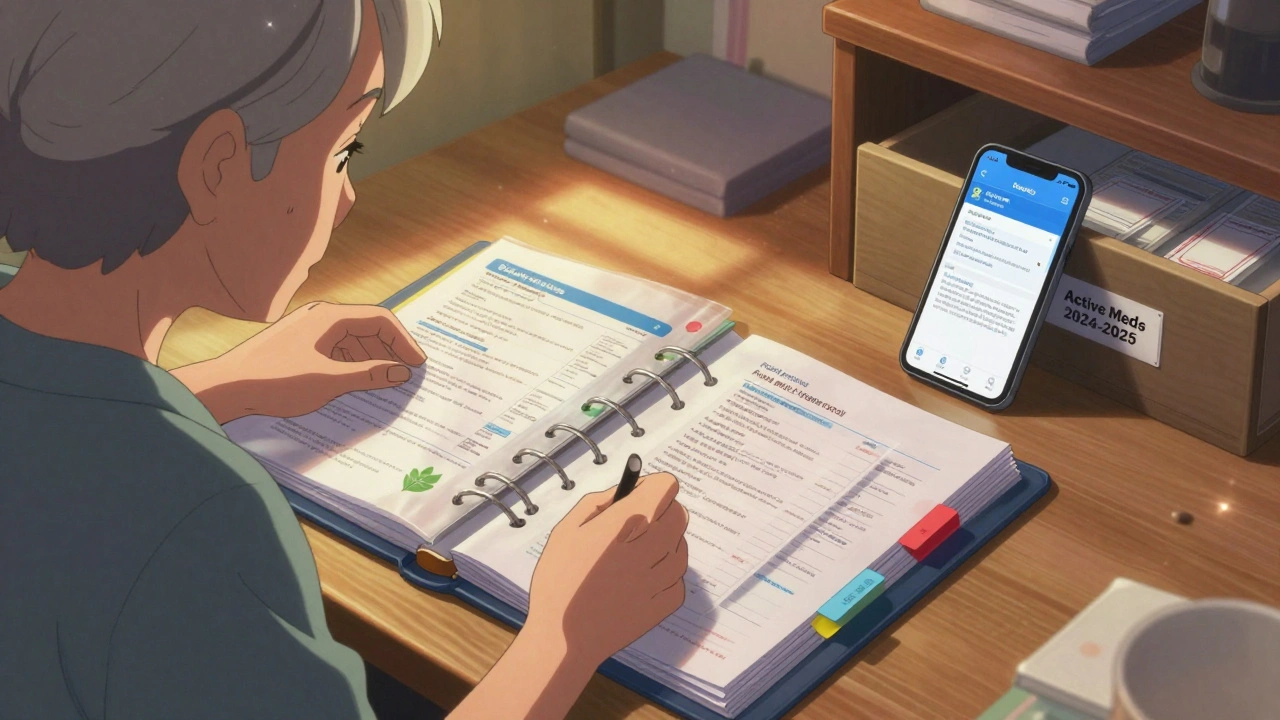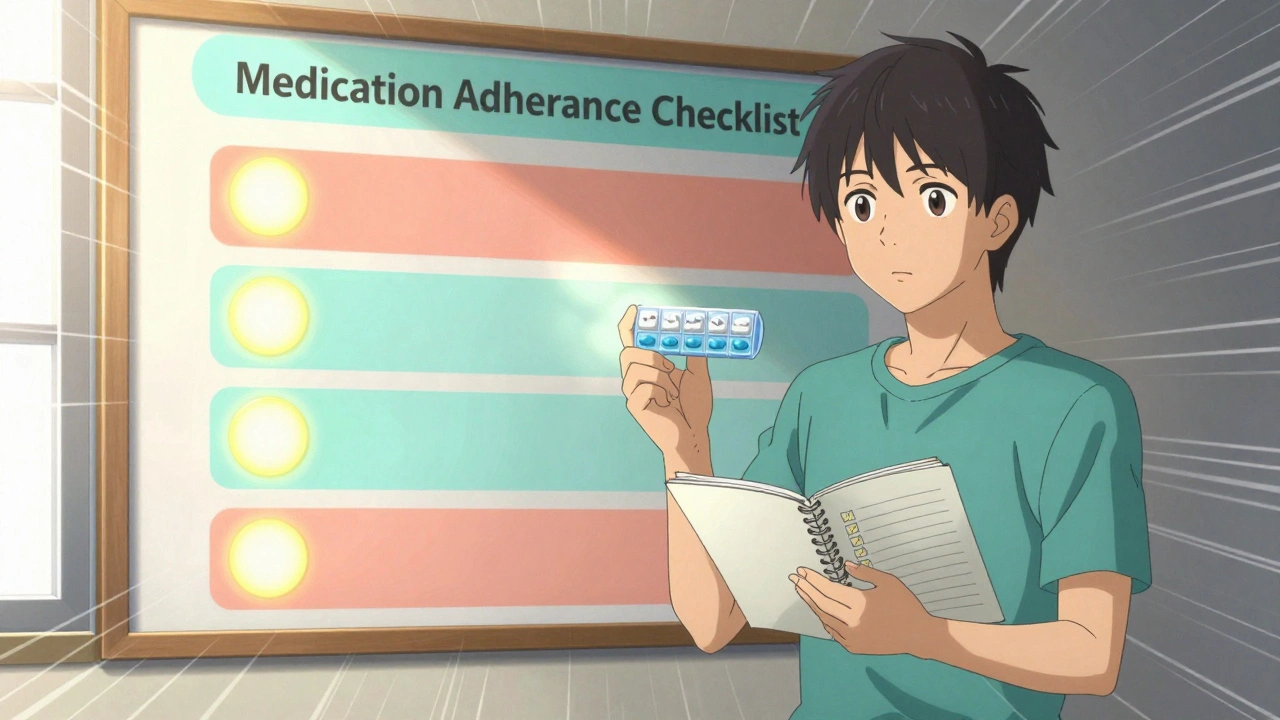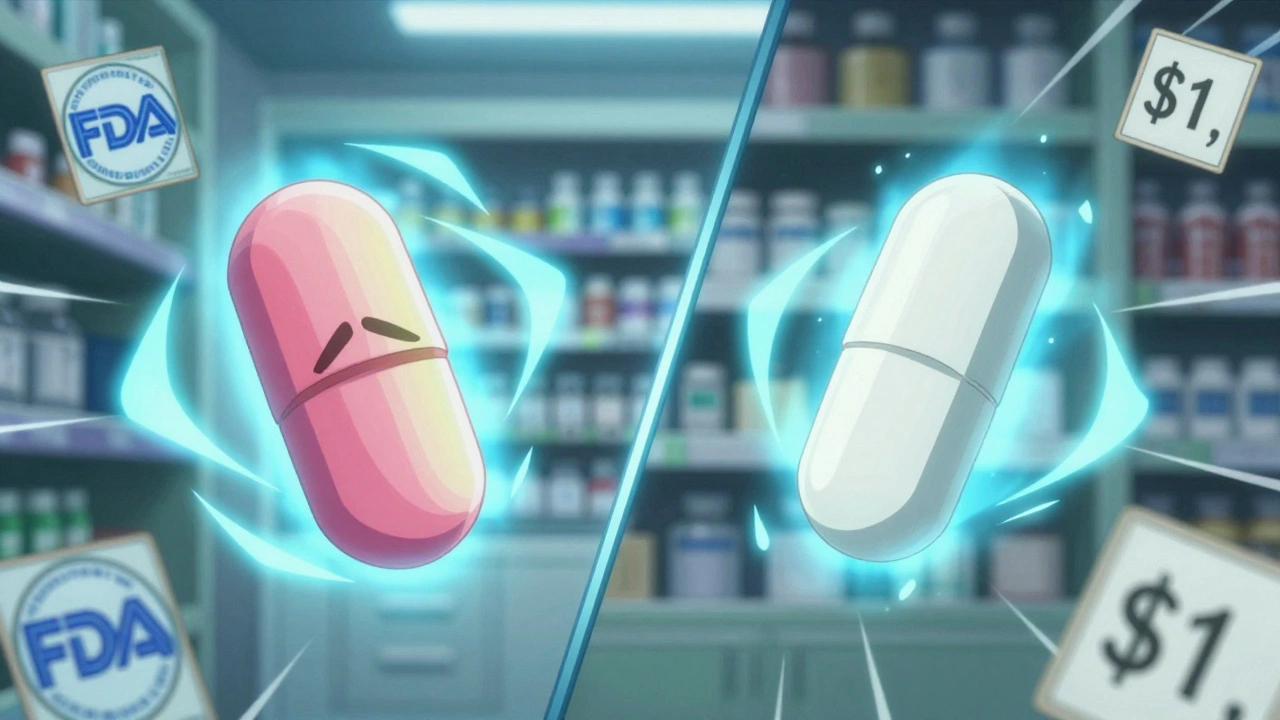Antibiotics: How to Use Them Wisely and Where to Buy Safely
Antibiotics save lives — but the wrong use or bad sources make them less effective for everyone. If you need antibiotics, you want them to work, so this guide focuses on clear, practical steps: when to take them, how to avoid resistance, and how to spot safe online pharmacies.
First, only use antibiotics for bacterial infections. They don't help viruses like colds or most sore throats. If your doctor prescribes one, finish the course unless your doctor says otherwise. Stopping early can leave bacteria alive and encourage resistance. If symptoms get worse or new problems appear, call your provider instead of doubling doses or sharing pills.
Spotting safe online pharmacies
Buying meds online can save time and money, but scams are common. Look for clear contact details, a real pharmacist phone number, and a requirement for a prescription for prescription-only antibiotics. Trusted sites usually show pharmacy registration or verification badges; you can verify those on official regulator sites. Avoid sites offering massive discounts without asking for a prescription, and never buy from sites that ship medications with no expiration dates or no packaging.
Pay attention to payment methods — secure card payments and reputable processors are safer than wiring money or crypto. If a site pressures you to buy fast or promises miracle cures, step away. Read multiple reviews and compare prices; very low prices often mean counterfeit or low-quality drugs.
How to lower your need for antibiotics
Simple habits cut infection risk and reduce antibiotic use. Wash hands regularly, keep wounds clean, and stay up to date with vaccines. For recurring problems like acne or some sinus issues, talk to a clinician about non-antibiotic options first — topical treatments, lifestyle changes, or targeted therapies often work and carry less risk.
For gut or skin infections where antibiotics are needed, ask if a narrow-spectrum antibiotic will work. Narrow options target the specific bacteria and spare helpful microbes. Also ask about tests: throat swabs, urine tests, or cultures can confirm the cause and stop unnecessary prescriptions.
If you're exploring alternatives to a specific antibiotic, talk to your doctor. Some conditions have known substitutes; others need medical testing. Natural remedies can help some mild issues but don’t replace antibiotics for true bacterial infections.
Finally, keep prescription labels and follow storage instructions. Dispose of leftover antibiotics safely — do not keep them for later self-treatment. If you suspect treatment failure, contact your prescriber so they can adjust treatment based on tests, not guesswork.
Want help evaluating an online pharmacy or learning alternatives to a specific drug? We review common sites and alternatives on this site — check our pharmacy reviews and drug guides to make safer choices.
Top 8 Zithromax Alternatives for Effective Bacterial Infections Treatment
Zithromax has been a trusted antibiotic for various bacterial infections, but with increasing bacterial resistance and seeking alternatives is necessary. Each alternative comes with its own set of advantages and limitations, from Augmentin's wider range to Levofloxacin's cautionary side effects. This guide sheds light on eight potential substitutes, including Doxycycline for penicillin-allergic patients and Clindamycin for severe infections, offering diverse treatment options while considering resistance patterns and side effects.






